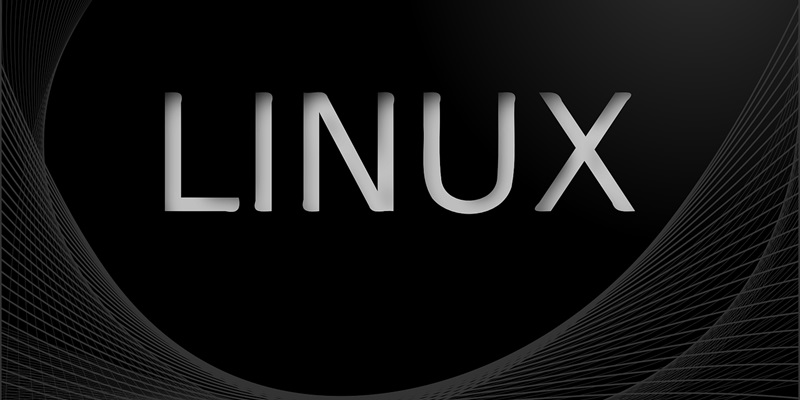Linux shines in its ability to perform efficiently on lower-end PCs, thanks to a core design that focuses on conserving resources. Where Windows may struggle with heftier system demands and additional software that can slow down operations, even basic Linux distros maintain a streamlined and nimble performance. This is particularly advantageous for aging or less powerful computers. The wide array of available Linux distributions includes several tailored specifically for such hardware, ensuring that these machines run smoothly without the sluggishness experienced with more demanding operating systems like Windows. Linux’s adaptability thus makes it an excellent choice for users who want to revitalize their older computers and enjoy a responsive computing experience without the overhead of unnecessary features.
Customizing for Performance
Linux offers an exceptional degree of customization, empowering users to pare down their OS to just the essentials or enhance it with various features to perfectly fit their needs and system potential. This customization maximizes every bit of a computer’s performance. Notably, Linux supports an array of lightweight desktop environments such as LXDE and XFCE, renowned for their minimal drain on system resources. These options are a boon for users who wish to rejuvenate older computers that would otherwise falter with more demanding operating systems. The adaptability of Linux stands out, presenting an efficient solution for maximizing the longevity and utility of various hardware configurations. Whether for high-spec gaming rigs or older desktops, Linux remains a go-to for users who value tailored performance and resource efficiency. This flexibility ensures that Linux isn’t just an operating system – it’s a carefully adjustable platform crafted to meet the intricate demands of diverse users and their unique hardware scenarios.
Vigilant Community and Transparency
As an open-source platform, Linux’s security is strengthened by the collective scrutiny of a worldwide community. Its code, accessible to everyone, undergoes continual review, enhancing rapid identification and correction of security flaws. This global vigilance provides a sharp contrast to Windows, whose centralized update approach might delay vulnerability resolutions until the next update cycle.
This transparency is crucial for users prioritizing privacy, assuring them that the system is free from undisclosed backdoors and surveillance mechanisms. In contrast, proprietary systems may not afford such visibility into their inner workings. The collective effort in maintaining Linux results in an inherently robust security ecosystem. With ongoing contributions from experts and enthusiasts alike, security patches can be developed and swiftly deployed, minimizing the window of exposure to potential threats.
Moreover, the open-source philosophy of Linux fosters a culture of security-conscious development, with peer reviews serving as a cornerstone in the propagation of secure coding practices. This paradigm ensures that security is not just a reactive measure but a proactive pursuit integrated into the very fabric of the operating system’s development lifecycle. Such a proactive model is essential in the current digital landscape where threats are constantly evolving, ensuring Linux remains at the forefront of secure operating system choices.
Efficient Update Management
Linux stands out as an optimal OS for low-spec PCs due to its low resource demands and vast customization options. Users can select lightweight desktop environments or window managers that require minimal resources, making it an excellent choice for older computers. Security is another strong suit of Linux; its multi-user design and stringent permissions architecture significantly reduce malware risks, providing a safe computing environment.
Software updates in Linux are also superior. Updates are not only smaller and less intrusive compared with Windows, but Linux also offers more control over their installation. Users can apply many updates without rebooting, avoiding disruptions. Furthermore, Linux distributions let you hold onto older, stable software versions if desired, without the nagging update reminders common in Windows.
All these features make Linux a smart pick for reviving low-spec PCs, ensuring a smooth, customizable, and efficient computing experience.

